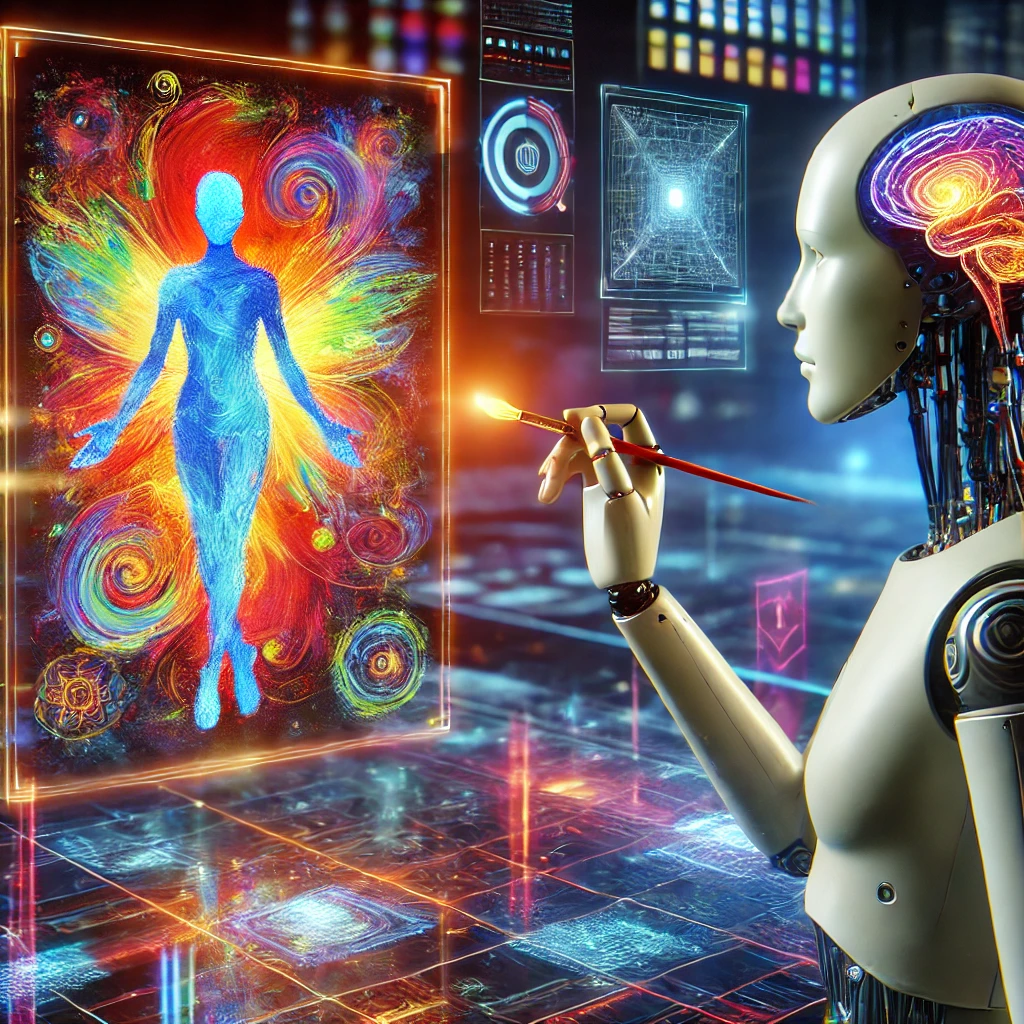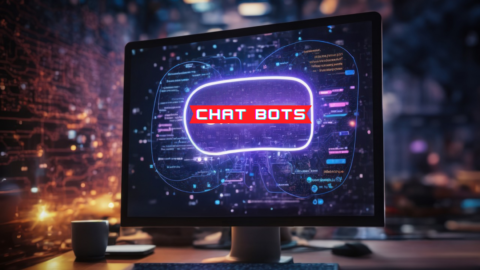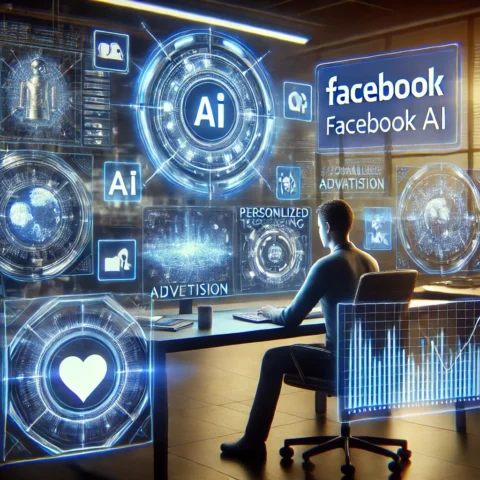Introduction
Generative Artificial Intelligence (AI) has rapidly emerged as a groundbreaking innovation, redefining the boundaries of creativity and automation. From generating human-like text to producing hyper-realistic images, generative AI is revolutionizing industries and reshaping how we interact with technology. But what exactly is generative AI, and why is it making such a significant impact?
What is Generative AI?
At its core, generative AI refers to machine learning models designed to create new content. Unlike traditional AI systems that analyze and predict, generative AI uses deep learning techniques, particularly neural networks, to generate original outputs. Prominent examples include OpenAI’s GPT for text and DALL-E for images. These systems are trained on vast datasets and can produce creative works, often indistinguishable from human-made content.
Applications of Generative AI
1. Text Generation
Generative AI models like GPT have revolutionized content creation. These tools can write essays, compose poems, draft emails, and even generate code. Businesses leverage this technology to automate customer support, create marketing copy, and enhance personalization. For instance, chatbots powered by generative AI can simulate human-like conversations, offering seamless customer interactions.
2. Image Synthesis
Generative AI has transformed digital artistry with models like DALL-E and MidJourney. These tools can create stunning, original artwork or generate images based on textual descriptions. Applications range from graphic design and advertising to game development and fashion. For instance, designers can use generative AI to visualize concepts and prototypes with remarkable accuracy.
3. Audio and Music Creation
Generative AI is not limited to text and images; it’s also making waves in audio synthesis. Tools like Jukedeck and OpenAI’s MuseNet can compose original music, catering to specific moods or genres. This has opened new avenues in the entertainment industry, enabling creators to produce unique soundtracks and audio effects effortlessly.
Read More: How to Use AI for SEO Gravitate: A Comprehensive Guide
4. Video Content Generation
With advancements in deepfake technology and video synthesis, generative AI can create realistic video content. This capability is being harnessed in movie production, marketing, and even education, where AI-generated videos can deliver personalized learning experiences.
Benefits of Generative AI
- Creativity Unleashed: Generative AI empowers users to explore new creative possibilities, enabling artists, writers, and designers to push the boundaries of their craft.
- Cost and Time Efficiency: By automating content generation, businesses save valuable resources while maintaining high-quality output.
- Personalization at Scale: From tailored marketing campaigns to customized learning modules, generative AI delivers highly personalized experiences.
Challenges and Ethical Concerns
While generative AI offers numerous benefits, it also raises critical ethical and practical concerns:
- Misinformation: The ability to generate realistic but fake content poses risks, such as deepfake videos spreading misinformation.
- Intellectual Property: Questions about ownership and copyright arise when AI creates original content. Who owns the generated work—the user, the developer, or the AI itself?
- Bias and Fairness: AI models are only as unbiased as the data they are trained on. Generative AI can perpetuate stereotypes or produce discriminatory content if not carefully monitored.
The Future of Generative AI
The future of generative AI is as promising as it is challenging. Researchers are continuously working to enhance the accuracy, scalability, and ethical compliance of these systems. Emerging trends include:
- Multimodal AI: The integration of text, images, audio, and video into a single generative system promises a new level of interaction and creativity.
- Generative AI in Education: AI-generated simulations and tutorials will revolutionize learning experiences, making education more accessible and engaging.
- Collaborative Creativity: Generative AI will likely evolve as a tool for collaboration, complementing human creativity rather than replacing it.
Conclusion
Generative AI is more than a technological advancement; it is a transformative force shaping the future of creativity and innovation. From text to images and beyond, its potential is limitless. As we embrace this powerful tool, addressing ethical challenges and fostering responsible use will be crucial to unlocking its full potential. The rise of generative AI marks the beginning of a new era where humans and machines create together, transcending the boundaries of imagination.







